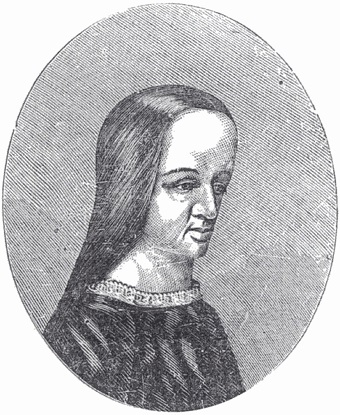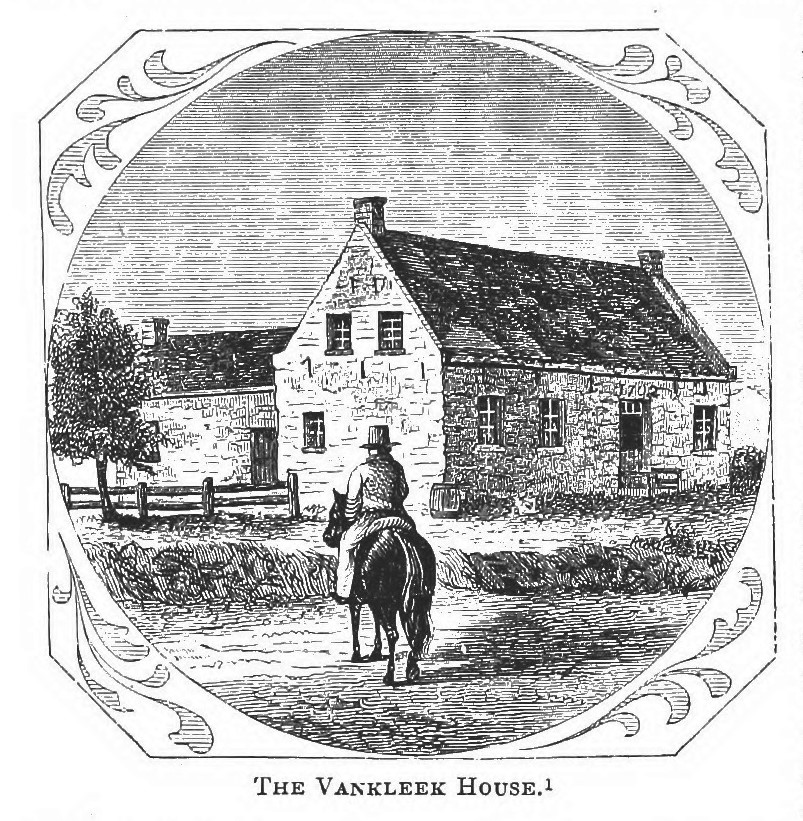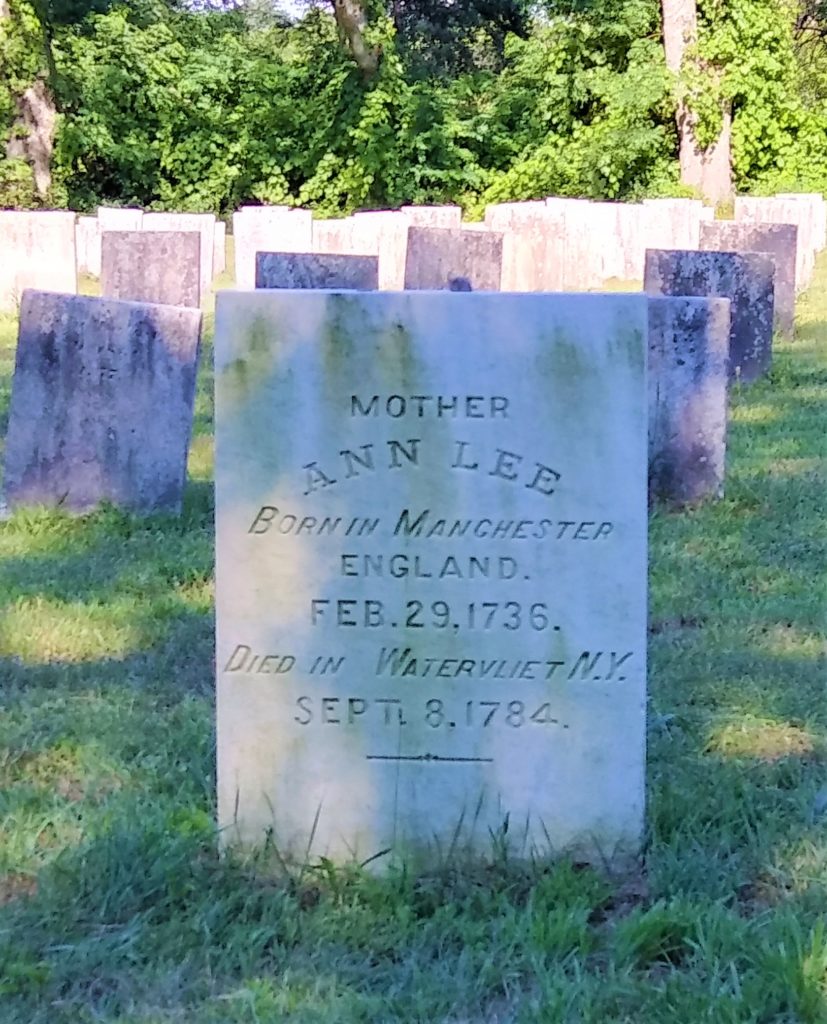Rebekah Roberts, Program Specialist
Women in the 1700s were often considered the possessions and servants of men, but Ann Lee violated social norms, becoming one of only ten female preachers identified in the United States before 1800. As leader of the Shaker movement, she proclaimed a dual-natured Father and Mother God as a basis for gender equality.

Born February 29, 1736 in Manchester, England, Ann Lee began working twelve-hour shifts in a textile mill as a child. She never attended school, and remained illiterate her entire life. The second-oldest of eight children, Ann Lee played a vital role in raising her younger siblings and ultimately watched her mother die in childbirth.

Ann Lee was active in a group called the “Shaking Quakers” when she was forced to marry. She protested this act by never assuming her husband’s surname. She detested the concept of intercourse from a young age, and the inability to avoid the dangers of childbirth. She barely survived the birth of her four children, three of whom died in infancy, and a daughter who passed at age six. Ann Lee believed that these traumatic experiences were God’s judgement and responded with a vow of celibacy, turning away from sex and all other worldly desires.
Ann Lee took her message to the streets, proselytizing in public spaces and interrupting church services, which resulted in her repeated incarceration. While imprisoned, she envisioned God directing an escape from religious persecution in the New World. She rallied eight followers and they settled in New York in 1774 amidst the burgeoning American Revolution.

In 1781, Ann Lee left with two disciples on a missionary journey throughout New England. In opposition to the traditional church, she rejected written creeds in favor of reflection and ongoing revelation. Ann Lee was described as direct but nurturing, like a mother, and developed personal relationships with followers, referred to as her children.
Mother Ann was arrested and accused of being an enemy of the patriots. She was thought to be a man in disguise, or a witch, and was dragged from her bed and beaten. Public meetings included converts who confessed their sins to Mother Ann, alongside mobs organized by churches and ruffians alike, who drove the Shakers out of towns. Everywhere she traveled, Mother Ann attracted an audience.

Mother Ann’s message was simple: Forsake all worldly pleasures and find salvation in the Father and the Mother. This message captivated women of the 18th century. Women had no body autonomy in marriage, nor assured choice in husband. Monetary earnings from a job went to the husband, and women had no legal shelter from abuse, nor right to her children if the husband left. Women could not purchase land.
The radical commune celebrating a dual-natured God embodied independence for 18th century women, who had the opportunity to live as equals in Shaker society.
In 1784, the local newspaper published the death of “Ms. Lee, known by the appellation of the Elect Lady, or Mother Zion, and the head of that people called Shakers.”